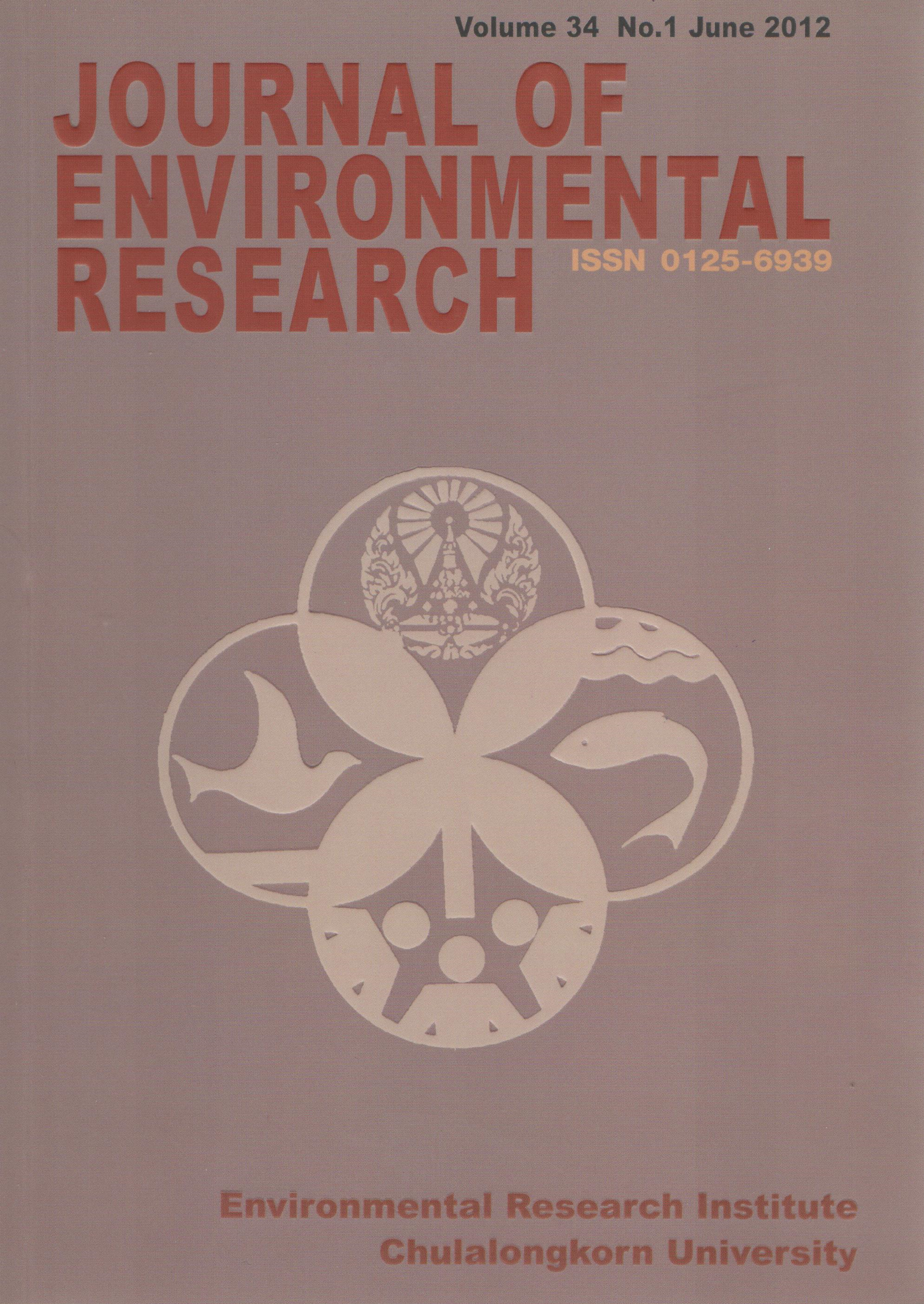Environmental Performance of Marble Tile Life Cycle
Main Article Content
Abstract
Accurate data and information about life cycle environmental impacts of building materials are critical for environmental-friendly building design. This paper reports the findings of environmental impacts assessment of marble tiles produced in Thailand. The life cycle assessment (LCA) approach was employed and the ecoindicator 95 methodology was used in the assessment. Six impact categories were assessed; global warming, acidification, ozone depletion, eutrophication, winter smog, and summer smog. The results show that manufacturing phase contributes the highest impacts compared with other phases of the marble tile life cycle, and the block cutting process is the greatest contributor. Transportation of finished products to building sites also contributes significantly to environmental impacts. Among the six impact categories assessed, acidification is the highest relative value followed by global warming and winter smog. It is suggested that to minimize environmental impacts of the life cycle of marble tiles, the production of marble should be improved and emphasis should be given on reduction of energy usage in block cutting. In addition, tiles from the sources nearest to building sites should be selected for reducing environmental impact values from transportation of finished products phase.
Article Details

This work is licensed under a Creative Commons Attribution-NonCommercial 4.0 International License.
Published articles are under the copyright of the Applied Environmental Research effective when the article is accepted for publication thus granting Applied Environmental Research all rights for the work so that both parties may be protected from the consequences of unauthorized use. Partially or totally publication of an article elsewhere is possible only after the consent from the editors.

